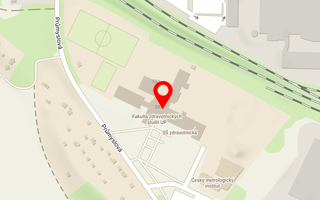Publikace detail
Hearing screenings for preschool children: A comparison between whispered voice and pure tone audiogram tests
Autoři:
Školoudík Lukáš | Mejzlík Jan | Janouch Michal | Dršata Jakub | Vodička Jan | Chrobok Viktor
Rok: 2020
Druh publikace: článek v odborném periodiku
Název zdroje: International Journal of Pediatric Otorhinolaryngology
Strana od-do: nestránkováno
